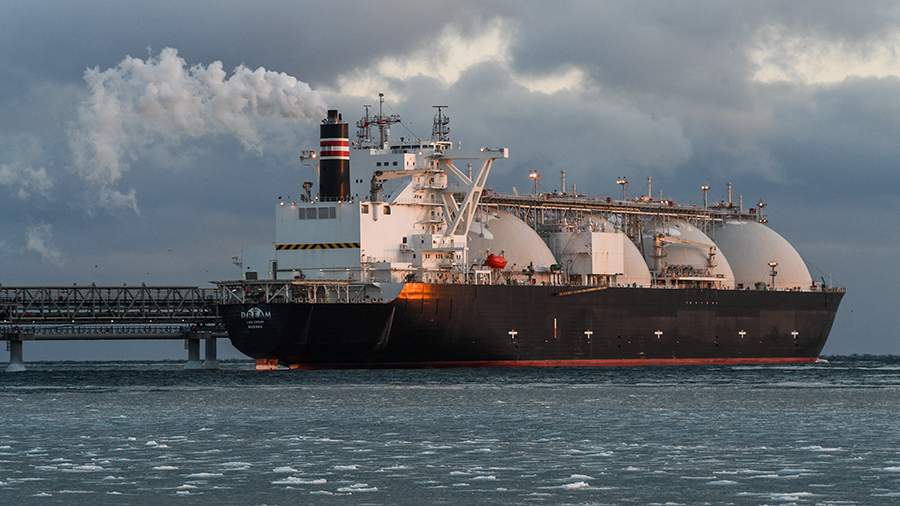
EC tries to phase out Russian LNG despite it being 2nd largest supplier to Europe
The European Commission aims to decrease its purchases of liquefied natural gas ( LNG from Russia starting this year. This is despite the fact that Russia is currently the second largest supplier of LNG to the continent, after the United States. However, finding a replacement for Russian volumes remains a challenge for Europeans due to increased demand gas in Asia due to lower prices currently.
The European Commission aims to reduce purchases of Russian LNG this year, according to European Commissioner for Energy Kadri Simson. She stated that the EU is gradually increasing pressure on European players to decrease LNG purchases from Russia. Simson also emphasized the importance of confidence in supplies from the United States, following a meeting of the US-EU Energy Council in Washington on March 15, as a means to achieve this goal.
In 2023, Russian LNG exports to the EU totalled 15 million tons, accounting for approximately 46% of the country's total LNG exports. The European Commission reported that Russian LNG supplies in 2023 increased by 12.6% compared to 2022, amounting to 17.8 billion cubic meters. Additionally, Russian LNG made up approximately 15% of Europe's total liquefied gas imports in 2023. In 2023, Russia was the second-largest supplier of LNG to Europe, with Qatar in third place, supplying 15.5 billion cubic meters. The United States was the largest supplier, providing almost half of European LNG imports, with 56 billion out of just over 120 billion cubic meters. Gas supplies from the US to Europe have tripled over the past two years.
Based on the statement released after the US-EU Council, the primary objective is still to substitute Russian gas with American gas in Europe.
The statement indicated that the council will maintain cooperation on energy efficiency, electrification, and other initiatives to decrease reliance on fossil fuels, particularly those from Russia, to restrict Russia's capacity to fund an aggressive war against Ukraine.
However, unlike in 2022 when the United States aimed to occupy a vacant niche in the European market and take advantage of high gas prices, the current initiative to increase imports is largely driven by the European Commission. At the end of the year, the contract for the transit of Russian gas through Ukraine will expire. As a result, Europe, particularly Austria and Slovakia, may need to compensate for the loss of approximately 15 billion cubic meters per year of Russian pipeline gas. The European Commission has officially stated that it does not plan to facilitate the continuation of gas purchases from Gazprom. Instead, EU countries have the option to purchase LNG. However, no long-term contracts for such supplies have been signed yet, and currently, there are no new available volumes on the market. Additionally, the decision of the Joe Biden administration to suspend regulatory approvals for new LNG projects in the US is making it difficult for Europeans to plan for long-term contracts. Therefore, the European Commission is keen to lift this ban and seeks assurances from Washington that Europe will receive an equivalent amount of LNG in 2024 and 2025 as in 2023.
Stagnant gas demand in Europe and high reserves in underground gas storage facilities have significantly reduced prices on the continent. Meanwhile, the cost of LNG in Asia has increased. Energy Aspects estimates that LNG supplies to Europe could decrease by 17 billion cubic meters in 2024 compared to last year due to higher demand in Asia. Furthermore, the accident at the American Freeport LNG project and sanctions against the Russian Arctic LNG 2 are causing a decrease in gas supply on the market this year.
